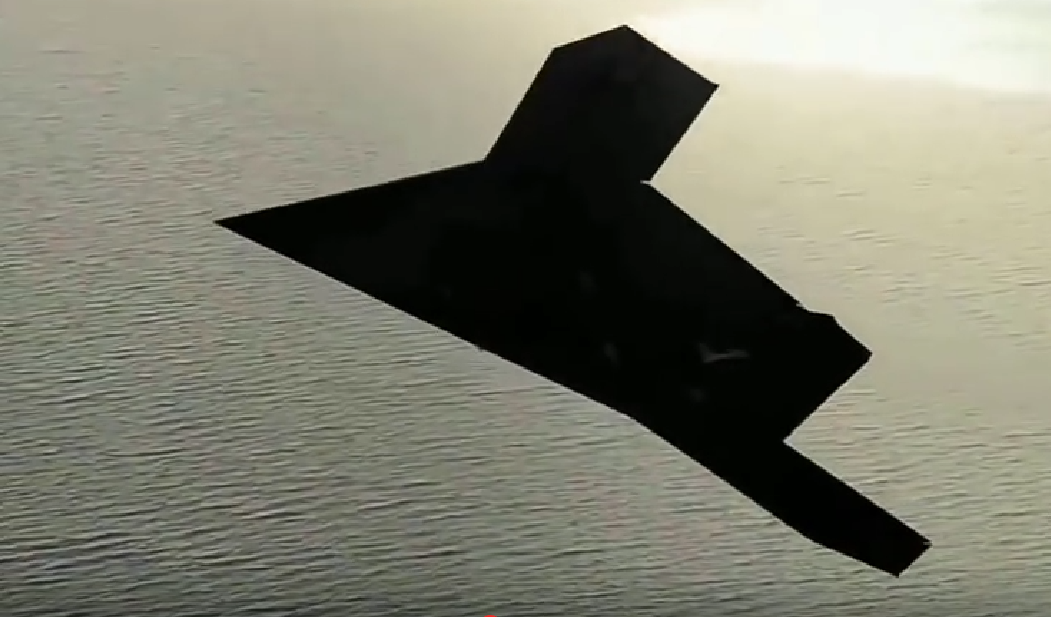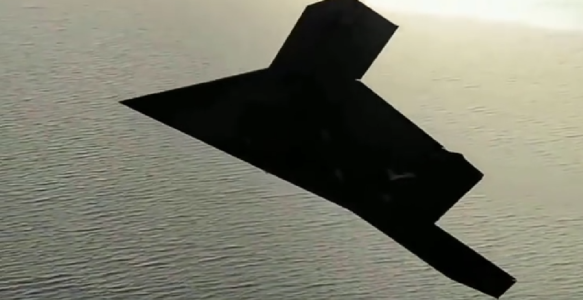Program Notes
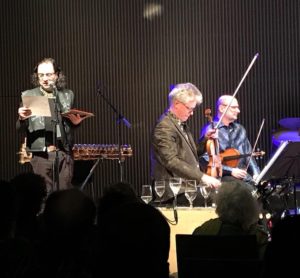 During the last few decades the digital era has changed our interaction, perception and relationship with our surrounding environments. As of today, most of the time, our senses stay disconnected from the physical elements around us. We live digital lives, outside of our physical reality, disconnected from our senses. We have become unaware of the immediate information provided by our inherited faculties. Both, our interaction and connection with the natural world, animals, plants and other humans has, now, permanently changed for the foreseeable future.
During the last few decades the digital era has changed our interaction, perception and relationship with our surrounding environments. As of today, most of the time, our senses stay disconnected from the physical elements around us. We live digital lives, outside of our physical reality, disconnected from our senses. We have become unaware of the immediate information provided by our inherited faculties. Both, our interaction and connection with the natural world, animals, plants and other humans has, now, permanently changed for the foreseeable future.
Our perception of time and space and the way we communicate to others has also been dramatically altered. The innovations in robotics, virtual video games and mobile digital devices have created a parallel universe where we are allowed to escape from the immediate reality at will. Digital media allows us to do almost anything we want from a place of anonymity and without facing any repercussions. In the virtual world we don’t have to take responsibility for our actions.
Remote Control is a composition meant to create parallel meta sonic immersive environments.
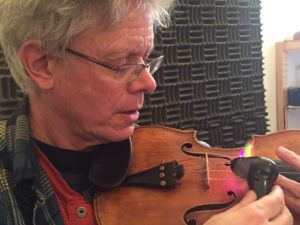 An interactive string quartet, Remote Control simulates a virtual battle in which the audience becomes an active participant. Beyond video games, remote control confronts two parallel realities: the virtual one and a physical one where the protagonist can experience both, the act of war without being physically or emotionally involved and a physical reality where sound, site and present human suffering becomes “real”.
An interactive string quartet, Remote Control simulates a virtual battle in which the audience becomes an active participant. Beyond video games, remote control confronts two parallel realities: the virtual one and a physical one where the protagonist can experience both, the act of war without being physically or emotionally involved and a physical reality where sound, site and present human suffering becomes “real”.
During the performance of this musical composition, the audience exists in the limits of physical reality while the same time, being involved in a virtual war where the protagonist is able to freely direct missiles toward unseen places thousands of miles away. The author acts from a comfortable space far away from the center of the action where the value of every human life becomes a conflagration of digital pixels, digital data, or video-graphic depictions.
The invention of Unmanned Combat Aerial Vehicles (UCAV) also known as drones has allowed the attacker to remotely bomb specific targets from a safe distant location. Virtual representations in computer screens, ensure hitting the designated target with precision as the video game player detaches himself or herself from human tragedy and death.
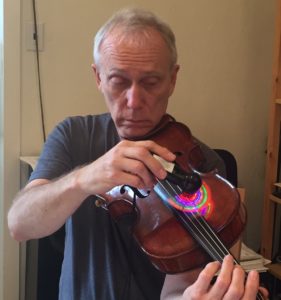 For many human beings, the daily sound of drones and overhead attack planes, has become just a too familiar soundtrack to their everyday lives. Innocent people become collateral damage as the player gains points throughout the game..
For many human beings, the daily sound of drones and overhead attack planes, has become just a too familiar soundtrack to their everyday lives. Innocent people become collateral damage as the player gains points throughout the game..
Remote Control, also follows a historical trail of epic music where sound and sonic weapons have been used as vehicles to produce fear. From the early days of military bands walking parallel to soldiers during battle, Richard Wagner’s Ride of the Valkyries which was played through airplane speakers during the Vietnam war to recent reports of sonic attacks in China, and previously in Cuba, the attack on Water Protector civilians at the Standing Rock protest, the the sound of drones, now has become the ultimate song of the angel of death. The tune announcing the omen or warning of unbearable things to come.
The initial setting mood in the piece is defined by musical cells derived from stereotypical epic music scenes used in war movies and video games. Music with a Middle Eastern feel is used as an archetypal reference to the listener. Extended instrumental techniques imitate random events in the battle ground, before and after the attacks: the human laments, barking dogs, shooting guns, children playing, even cars passing by create daily life soundscapes that we usually hear in many “undeveloped” far away places.
The audio provides the “player” with the perspective, both of the attacker and the attacked. The attacker, always operating from a safe place and looking for the best way to hit the desirable target and the contrasting 3D perspective of the attacked. The piece (lasting a total of 5 minutes) is divided into “tempo independent” musical cells, each lasting either 5, 6 and 13 seconds. The score also includes notation indicating an approximate duration to complete each cell. Each player has a relative freedom of interpretation. An open tempo notation provides the piece with an organic sense of motion. As long as the beginning of each cell stays in sync with other players, each player is free to make her own interpretative decisions in terms of motion.
Commissioned by the Kronos Quartet Fifty for the Future project, Remote Control makes a musical reference to Karlheinz Stockhausen’s Helicopter String Quartet where he uses four military helicopters (one for each player of the quartet) where the music is transmitted to earth, where it will be heard by the audience through loudspeakers
Remote Control takes this idea in another direction when, at the end of the piece, each player of the quartet, executes his/her instrument with a small battery, powered plastic bladed fan. At some point of the performance of Stockhausen’d Helicopter Quartet, the four male players anxiously begin speaking a series of number countdowns in German.
Remote Control turns replaces this idea with recordings of children from refugee camps in Athens and Germany counting from one to ten in their native languages: Pachto, Dari, Arabic, Urdu, German and English.
https://50ftf.kronosquartet.org/composers/guillermo-galindo
